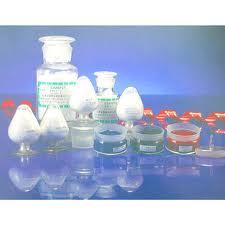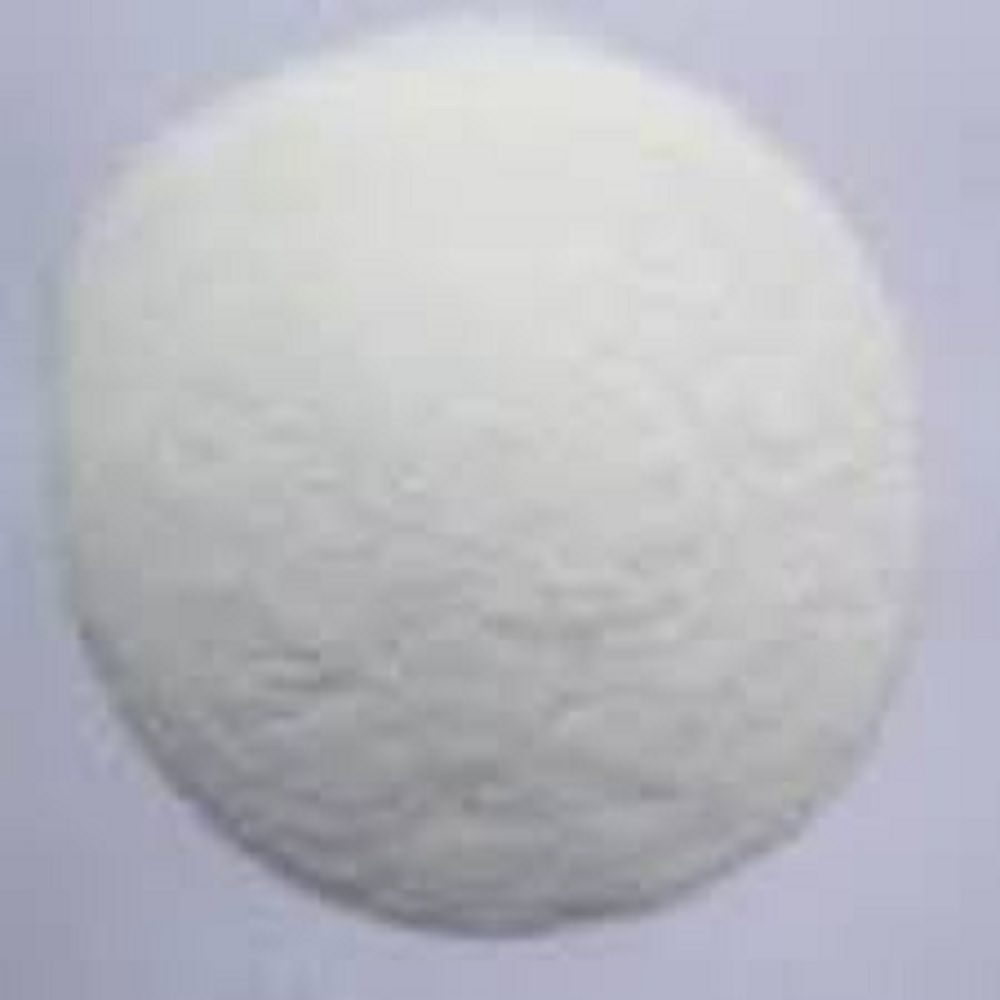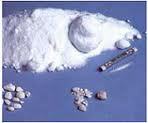Propo fol
Product Details:
- Molecular Formula C12H18O
- Shelf Life Years
- Particle Size 150 to 500 nanometers (nm)
- Melting Point 35 C to 36 C
- Loss on Drying Loss on Drying: Typically not applicable or very low, usually < 0.5% if tested, since it is a liquid and not hygroscopic under standard storage conditions.
- Ph Level pH: 6.0 to 8.5
- Smell No Smell
- Click to View more
Propo fol Price And Quantity
- 25 Kilograms
- 17500.0 INR/Kilograms
- 25.00 - 50.00 INR/Kilograms
Propo fol Product Specifications
- C12H18O
- Pharmaceutical Intermediates
- Years
- Propofol
- In Water: Practically insoluble
- Propofol is primarily used as a general anesthetic and is utilized for: Induction and Maintenance of General Anesthesia: Propofol is commonly administered to induce unconsciousness at the beginning of surgery and to maintain anesthesia throughout a surgical procedure. Sedation: It is also used for sedation in intensive care unit (ICU) patients who require mechanical ventilation.
- white to off-white crystalline powder.
- Powder
- 2078-54-8
- Not more than 10 ppm (parts per million)
- 98%
- 35 C to 36 C
- Loss on Drying: Typically not applicable or very low, usually < 0.5% if tested, since it is a liquid and not hygroscopic under standard storage conditions.
- 256 C (493 F) at standard atmospheric pressure.
- pH: 6.0 to 8.5
- No Smell
- Room Temperature
- 150 to 500 nanometers (nm)
- 200-952-6
- Odorless
- Medicine Grade
- C12H18O
Propo fol Trade Information
- INDIA
- Cash Advance (CA), Cash in Advance (CID), Cash Against Delivery (CAD), Days after Acceptance (DA), Delivery Point (DP), Telegraphic Transfer (T/T)
- 1000 Kilograms Per Day
- 7 Days
- No
- Free samples are available
- DRUM
- Central America, North America, South America, Eastern Europe, Western Europe, Middle East, Africa, Asia, Australia
- WE PROVIDES ALL KIND OF CERTIFICATIONS AS YOU REQUIRED
Product Description
We are offering high quality of Propofol. We are known for manufacturing, exporting, distributing, trading and supplying Propofol in Gujarat, India. Further, this is safely packaged by our professionals in diverse packaging options that maintain its purity and effectiveness.
Shreeji Pharma International is leading Manufacturer, Exporter, Distributor, and Supplier Propofol in Gujarat. India. Shreeji Pharma International manufacturing & gmp; supplying all products under GMP site with all types of regulatory supports.
Shreeji Pharma International is the largest manufacturer, Exporter and supplier of Propofol. Nowadays Shreeji Pharma International is one of the leading manufacturer and exporter, who is manufacturing Propofol as well as Intermediates of Propofol.
Shreeji Pharma International is exporter, supplier, distributor and manufacturers of the Active Pharmaceuticals Ingredients in many countries for many years.
Shreeji Pharma International currently exports Propofol to countries like Gulf Countries, South East Asia countries, African Countries, CIS Countries, LATAM countries, Central American Countries and in European countries.
Propofol API (Active Pharmaceutical Ingredient) Powder is the raw, active substance used to create the injectable form of Propofol, which is a widely used intravenous anesthetic. Propofol is used to induce and maintain general anesthesia in patients undergoing surgeries or other procedures. The powder form of Propofol is typically reconstituted into a solution for clinical use.
Heres a detailed description of Propofol API powder:
Chemical Composition:
Name: Propofol
Chemical Formula: C12H18O
Molecular Weight: 178.27 g/mol
IUPAC Name: 2,6-Diisopropylphenol
CAS Number: 2078-54-8
Physical Properties:
Appearance: Propofol API powder is typically a white to off-white crystalline powder.
Solubility: Propofol is poorly soluble in water but can be dissolved in organic solvents such as ethanol or oils, which is why it is usually formulated in an emulsion for clinical use.
Melting Point: 35C to 36C (in crystalline form).
pH: The pH of the reconstituted solution (when formulated into injectable form) is typically acidic (around 4.56.0).
Uses:
Propofol is primarily used as a general anesthetic and is utilized for:
Induction and Maintenance of General Anesthesia: Propofol is commonly administered to induce unconsciousness at the beginning of surgery and to maintain anesthesia throughout a surgical procedure.
Sedation: It is also used for sedation in intensive care unit (ICU) patients who require mechanical ventilation.
Procedural Sedation: Propofol is used for sedation during diagnostic and minor surgical procedures, such as colonoscopies or endoscopies.
Mechanism of Action:
Propofol works by interacting with the GABA (gamma-aminobutyric acid) receptors in the brain, particularly enhancing the inhibitory effects of GABA. GABA is the primary inhibitory neurotransmitter in the central nervous system, and when its activity is potentiated by Propofol, it leads to CNS depression, resulting in sedation, hypnosis, and loss of consciousness.
Propofol also inhibits the NMDA (N-Methyl-D-Aspartate) receptors in the brain, contributing to its anesthetic and sedative properties.
The quick onset and short duration of action of Propofol are some of its most notable characteristics, making it ideal for outpatient and short procedures.
Preparation and Reconstitution:
Formulation: Propofol API powder must be dissolved in an appropriate solvent or reconstituted into an emulsion with an oil-based solution for intravenous administration.
Typical Solution: Once prepared, the solution usually consists of 1% to 2% Propofol, often with emulsifiers (e.g., soybean oil or egg lecithin) and preservatives (such as sodium metabisulfite or disodium edetate) to stabilize the formula and prevent microbial growth.
In clinical settings, it is typically supplied as an emulsion rather than a pure powder to allow for proper intravenous administration.
Dosage and Administration:
The dosage of Propofol varies depending on the patients age, weight, medical condition, and the procedure being performed.
Induction of Anesthesia: For adults, the typical intravenous dose for induction is approximately 1.52.5 mg/kg of body weight.
Maintenance of Anesthesia: Propofol is often administered as a continuous infusion to maintain anesthesia, with the dosage typically ranging from 412 mg/kg/hr.
Sedation: For sedation purposes, Propofol is usually administered as a continuous infusion or in intermittent boluses, with the dose adjusted based on the patient's response and the level of sedation required.
Side Effects:
While Propofol is generally well-tolerated, it can have side effects, especially when administered in high doses or in patients with certain underlying conditions. Some common side effects include:
Hypotension: Propofol can cause a drop in blood pressure, particularly during the induction phase.
Respiratory Depression: High doses can lead to respiratory depression or even apnea (temporary cessation of breathing).
Bradycardia: A slowing of the heart rate may occur, especially with large doses.
Injection Site Pain: It is common for Propofol to cause pain or discomfort at the injection site.
Allergic Reactions: Although rare, some patients may experience allergic reactions, including rash, swelling, or difficulty breathing.
Precautions:
Hypersensitivity: People who are allergic to soybeans, egg products, or other components used in the formulation of Propofol should avoid it.
Cardiovascular Disorders: Care should be taken when administering Propofol to patients with cardiovascular problems, as it can cause hypotension or bradycardia.
Respiratory Function: Propofol should be used cautiously in patients with respiratory issues because it can depress respiration and lead to apnea.
Pregnancy and Lactation: Propofol is classified as a pregnancy category B drug, which means it is generally considered safe during pregnancy, but should only be used when clearly needed. It is also excreted into breast milk, so caution should be exercised when used in nursing mothers.

Price:
- 50
- 100
- 200
- 250
- 500
- 1000+









 : nilesh.sheth70
: nilesh.sheth70
